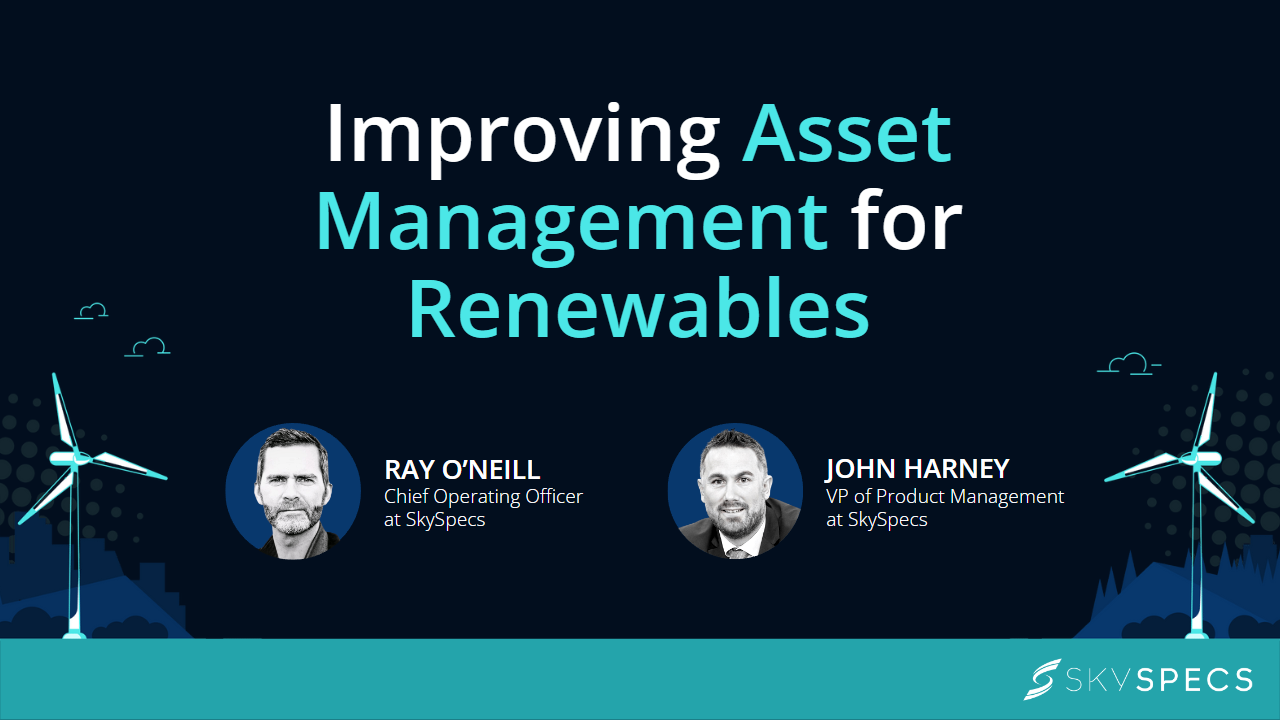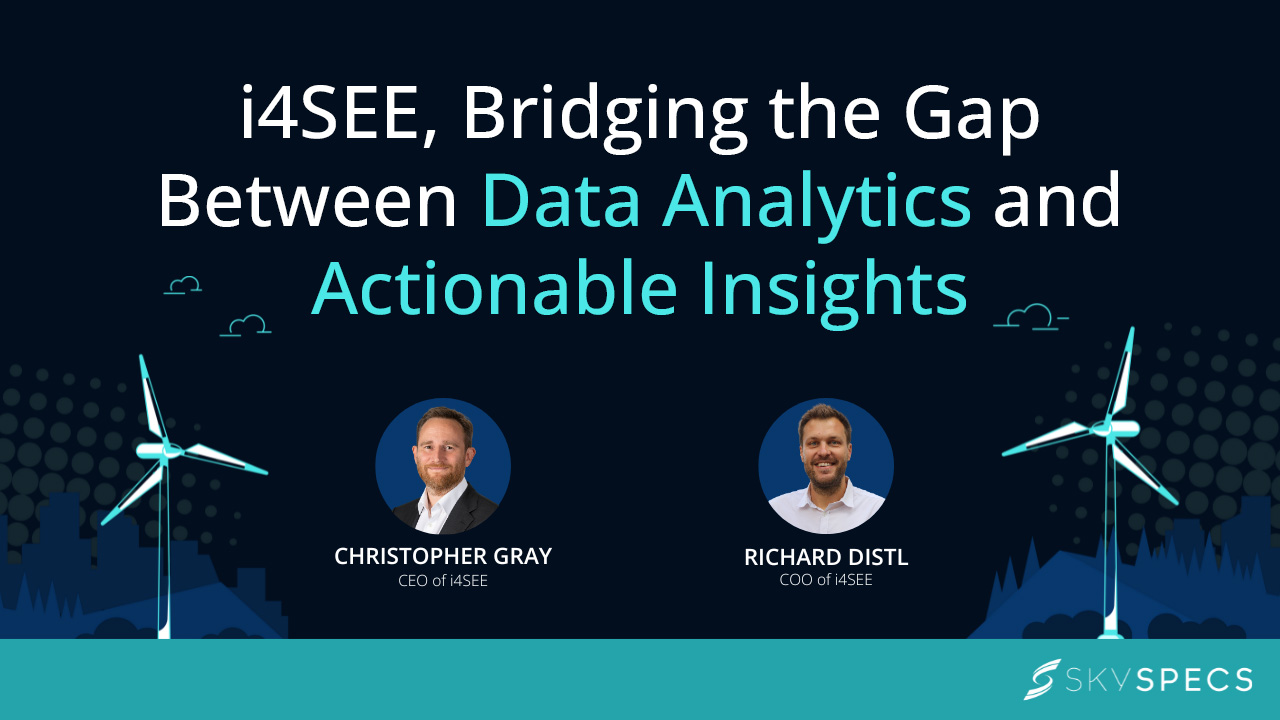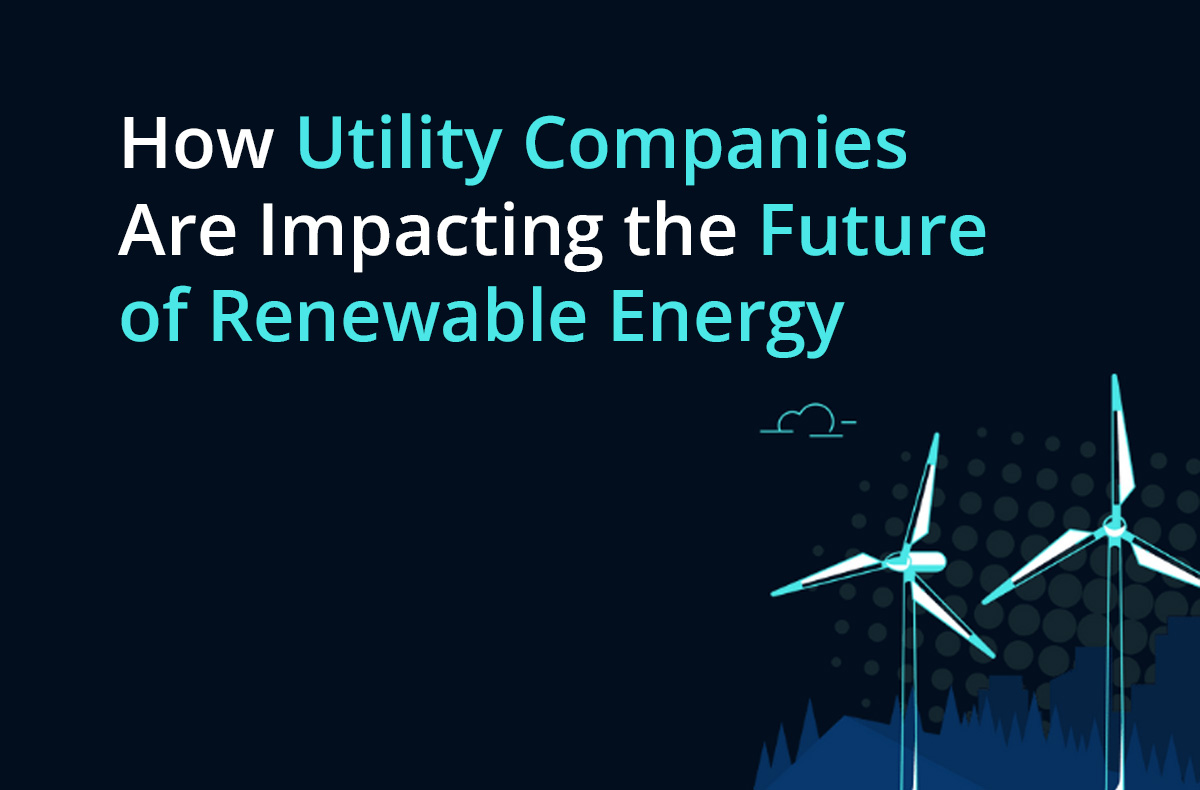Not long ago, SkySpecs partnered with Word About Wind to discuss some of the wider challenges the renewable energy market is facing.
After a boardroom discussion about issues such as inflation, energy prices, long-term service contracts, and supply chain issues, we continue that conversation for this episode of Climate Chronicles.
We spoke with SkySpecs’ Chief Operating Officer, Ray O’Neill, and our VP of Product Management, John Harney. Ray and John are both founders of Horizon Finance (formerly Fincovi before being acquired by SkySpecs), so they share their perspectives on how technology can help asset owners manage their portfolios more effectively.
Horizon Finance is a cloud-based financial asset management system built specifically for the renewable energy sector. It automates financial transaction processing and streamlines workflows throughout the full asset lifecycle – from pre-development to construction to operations.
To learn more, tune in to the podcast below or keep reading for some key insights.
The challenges that developers and asset owners face
Developers and owners of operating assets face slightly different challenges when it comes to managing assets, resourcing, and risk.
Developers are mostly interested in the deployment of funds – they take investments from different types of investors to deploy into projects that will hopefully become assets. Their primary concern is being able to report back to those investors and give them confidence that their money is heading in the right places.
However, balancing the development of potential assets with things like financial processes and compliance can be a lot to handle. If they can outsource those financial processes and get systems in place to help them save time, they can focus that energy solely on development.
Operators face different challenges. As portfolios grow, their primary concern is the consistency of financial data. They want to report to investors on the operational performance of their assets and are focused more on cash forecasting and compliance.
What developers need
Developers’ needs can vary depending on the status of the projects they’re working on.
During early development, developers need the ability to “slice and dice data across their development portfolio,” says John. This allows them to see and understand how resources are being allocated to each project so they can make more informed decisions about them.
When developers have multiple projects to manage at once, things can get complicated from a payment approvals and invoicing side. That’s why a centralized workflow is essential.
From a centralized workflow, developers can better manage purchase orders, invoices, budget tracking, and payments, which helps them manage projects more efficiently.
During the construction phase, developers also need a way to do lender reporting and manage utilizations and drawdowns from one place. This also helps on the audit trail side because there’s a clear flow of information all in one place.
However, with new, specialized technology, developers don’t have to manage all of this manually or independently.
What asset owners need
While there are different types of asset owners, most will typically purchase assets in various jurisdictions and outsource a lot of the financial management through different systems. This means that the data becomes aggregated.
The problem is that the data is aggregated in a non-standardized way so that it can cause all sorts of confusion for asset owners, developers, and middle office workers alike.
If you can use one single technology solution to bring all that data together and standardize the process, then it makes it much easier to report that information to investors.
The same can be said on the tax and compliance side, which could help asset owners become more confident when purchasing assets outside of their typical jurisdictions.
The state of asset management in the US and Europe
Ray and John also discussed how asset management differs between the US and Europe. One way it’s different is down to sheer scale. The number of projects and assets — for example, the number of turbines built — tend to be on a larger scale in the US.
A second significant difference is around the original equipment manufacturer’s (OEM) warranty.
In the US, OEM warranties are typically short-term, and that’s mostly because of capital stack. In Europe, there’s a trend towards project finance which involves banks providing finance for projects or a portion of the project. Because banks want to make a return on their investment, they will mandate longer-term OEM warranties.
The US is essentially the reverse of this. There’s more of a focus on tax equity (which is almost the inverse of capital stack). When equity is the primary financer of these projects, it usually results in OEM warranties being shorter.
While there are differences, there are signs that larger entities in Europe are reverting to the US model. This is because striking up a five-year OEM warranty with the option to extend gives them more purchasing power.
Why the renewable energy industry is still in its infancy
In terms of maturity, John believes that the industry is still in its infancy stage. Part of this is because of the low margins at the moment, but it’s also to do with customer satisfaction.
John thinks that this is because the industry focus is largely driven by technical asset management rather than financial.
This means that resources are not being applied to fix problems faced by the finance professionals working in this industry.
In his words, “Financial asset management today will not scale unless we apply a lot more resources and a lot more effort into understanding where we’re going to be in five/ten/15 years.”
The good news is that the industry appears to be changing slowly but surely. We’re seeing more merchant projects and a diversification of revenue streams, such as battery and power-to-X investments.
John is confident that as the industry matures, we’ll see a shift toward financial asset management from a cost-type approach to a value-center approach.
Common mistakes when creating asset management platforms
According to Ray, a common mistake he sees is when asset owners decide to build a business intelligence system internally in an attempt to merge their budgeting, payment, and accounting systems.
The idea is that it becomes a centralized space to manage everything, which is great in theory.
The problem is that this takes far more time and money than most asset managers expect. Many of these projects are also flawed and end up creating more noise for asset owners because the systems they tie together don’t speak a similar language.
In Ray’s view, finding a specialized asset management platform that’s designed to meet these specific needs is a better alternative.
How asset owners can grow their assets
Managing a portfolio needs to be a well-oiled machine for all the moving parts to work in tandem rather than creating confusion in the process.
Ray says that for asset management to work, you need an alignment between three things – people, tools, and processes. Having these three elements aligned can help asset owners manage and grow their projects. But how?
1. People
You need specialists. As the industry grows and matures, you can find specialists out there who have direct experience in renewable energy assets.
When it comes to financial or technical asset management, it pays to go with a specialist with experience in wind and solar farms rather than a generalist accountant, for example.
2. Tools
The go-to platform for many asset owners has long been Excel. While Excel certainly has its plus points, it’s much harder to manage more complex and diverse portfolios on Excel. It’s prone to errors and formulae corruption, which makes asset management much more difficult.
As an alternative, people often turn to accounting tools. While this is an improvement over Excel, most of these tools do not specialize in renewable energy asset management.
They are typically P&L and non-cash-based tools with high switching costs. They’re not usually capable of ingesting SCADA data or working out revenue in the way you need in this sector. That’s why a specialist tool for this industry is the ideal choice.
3. Processes
The tools and the people are only as good as the processes they operate within. So, you need scalability and solid process design.
Ray recommends nailing down your process before you begin to scale because it can be harder to improve a process once your portfolio is too big.
Altogether, the people, tools, and processes combined can help asset owners build something scalable.
As Ray explains, “When they do that, the benefits will be huge. It will be a reduction in cost, and it will be an increased amount of clean data, which they’ll be able to make better decisions with.”
To summarize Ray and John’s points, it’s important to have a clear understanding of the different needs of developers and asset owners – and the individual challenges that they face.
To make things easier for both parties, a specialist tool built for the renewable energy sector can help to centralize the workflow and make the entire asset management process much more efficient.
For more information on how asset managers can utilize technology to improve their project management and finances, tune in to the full episode at the top of the page.
Be sure to follow the Climate Chronicles podcast to stay up-to-date with SkySpecs.











